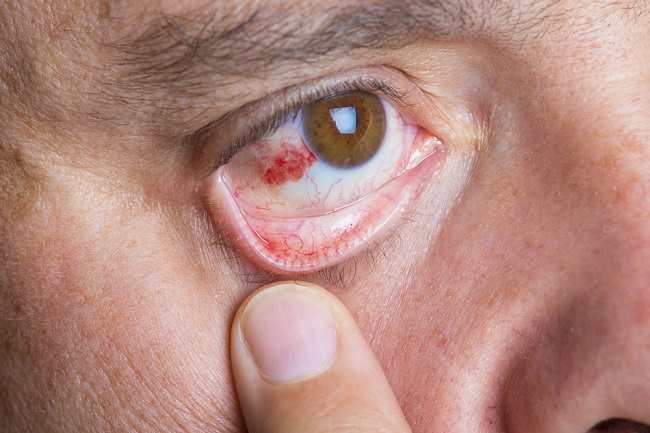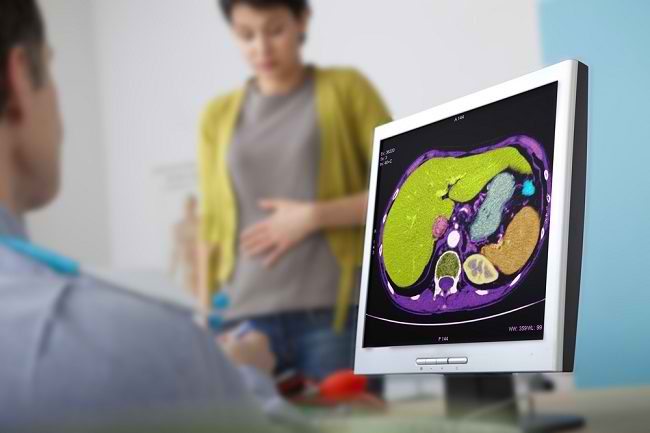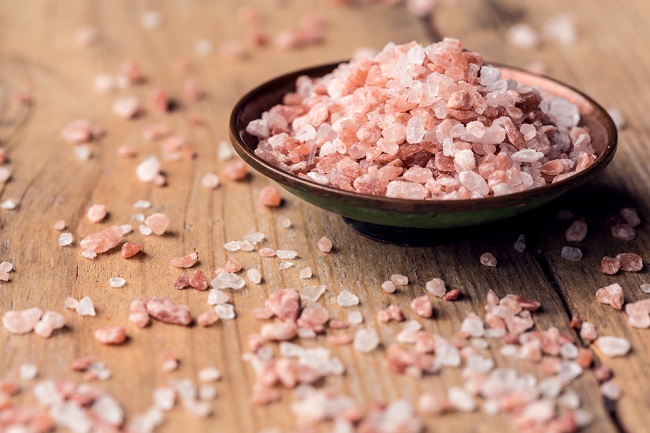Terfenadine is a drug used to treat allergic rhinitis or hives. This drug belongs to the class of second-generation antihistamines. Terfenadine should only be used with a doctor's prescription.
Terfenadine works by blocking histamine substances produced by the body when exposed to substances or substances that trigger allergies. This method of action will relieve allergy symptoms, such as runny nose, sneezing, itchy or watery eyes, or hives.

Terfenadine trademark: Hisdane
What is Terfenadine
| group | Antihistamines |
| Category | Prescription drugs |
| Benefit | Overcoming allergic rhinitis and hives |
| Consumed by | Adults and children >12 years old or children weighing >50 kg |
| Terfenadine for pregnant and lactating women | Category C: Animal studies have shown adverse effects on the fetus, but there are no controlled studies in pregnant women. Drugs should only be used if the expected benefit outweighs the risk to the fetus. It is not known whether terfenadine is absorbed into breast milk or not. If you are breastfeeding, do not use this medicine without consulting your doctor first. |
| Drug form | Tablets and suspension |
Warnings Before Taking Terfenadine
Terfenadine should not be used carelessly and without a doctor's prescription. Some other important things to consider before taking terfenadine are:
- Do not take terfenadine if you are allergic to this drug.
- Do not take terfenadine if you have porphyria.
- Do not consume alcoholic beverages while undergoing treatment with terfenadine, because it will increase the effects of drowsiness and dizziness.
- Tell your doctor if you have a history of asthma, lung disease, urinary retention, enlarged prostate, hypokalemia (potassium deficiency), kidney disease, liver disease, heart disease (especially heart rhythm disorders).
- Avoid driving and doing activities that require alertness after taking terfenadine, because this drug can cause drowsiness.
- Tell your doctor if you are pregnant, breastfeeding, or planning a pregnancy.
- Tell your doctor if you are taking certain medications, supplements, or herbal products.
- Immediately see a doctor if an allergic reaction occurs to a drug or an overdose occurs when taking terfenadine
Terfenadine Dosage and Rules
The dose of terfenadine for adults and children over the age of 12 years or children weighing over 50 kg is 60 mg, 2 times a day. The maximum dose is 120 mg per day.
How to Take Terfenadine Correctly
Follow the directions on the medicine package for taking terfenadine. If it's not clear, ask your doctor.
Take terfenadine with a glass of water. Swallow the tablet whole and do not crush or chew it first.
Terfenadine is usually recommended to be taken in the morning and evening. Do not increase or decrease the dose without consulting your doctor first.
If you forget to take terfenadine, do it as soon as you remember if the break with the next schedule is not too close. When it is close, ignore and do not double the dose.
Terfenadine Interactions with Other Drugs
Do not take terfenadine with any of the following medicines, as this may increase the risk of ventricular arrhythmias:
- Macrolide antibiotics, such as azithromycin
- class antivirus non-nucleoside reverse transcriptase inhibitors, like nevirapine
- azole antifungals, such as miconazole
- SSRI antidepressants, such as fluoxetine
- Antiarrhythmic drugs, such as amiodarone
- Astemizole
- diuretic
- Zileutron
Terfenadine Side Effects and Dangers
The following are possible side effects of using terfenadine:
- Drowsiness
- Nauseous
- dry mouth
- Dry or itchy skin
- Dizzy
- Diarrhea
- Headache
- Arrhythmias or heart rhythm disturbances
- Difficult to urinate
- Faint
Check with your doctor if you experience the above complaints or if you have an allergic reaction to the drug, which is characterized by the appearance of an itchy rash on the skin or shortness of breath.









